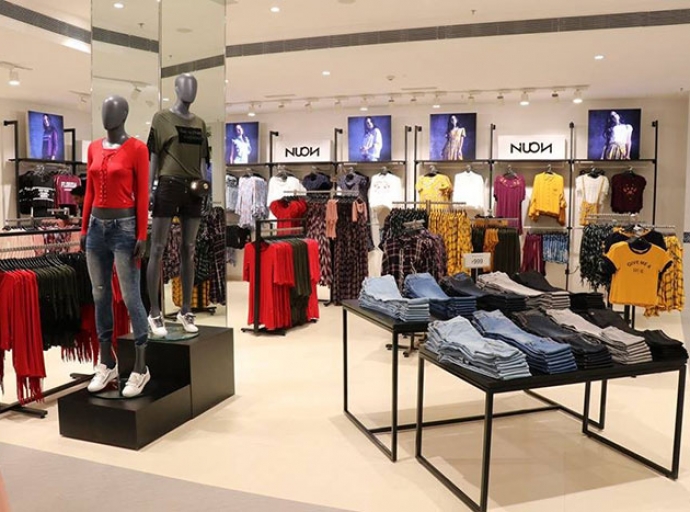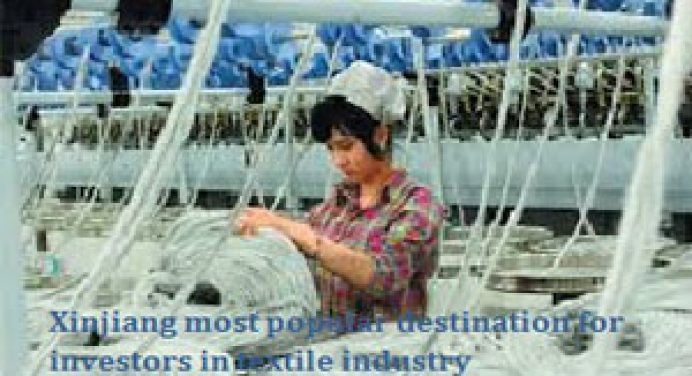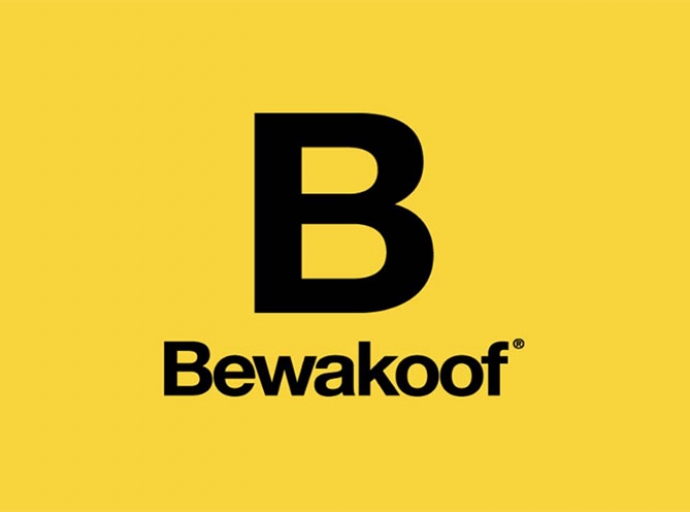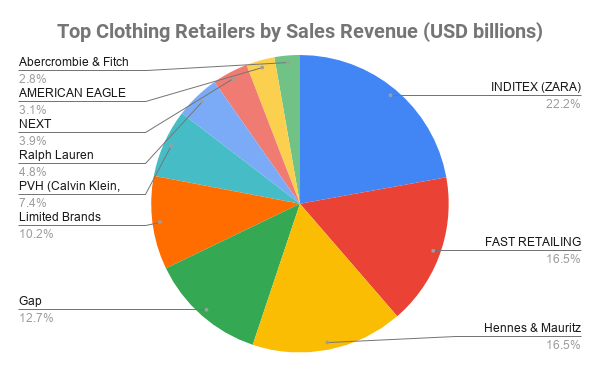Driven by the desire to deliver everything from high street denim trends to fashion staples, Spykar has been offering superlative products and great fits to customers since 1992. The brand synonymous with the ‘Young & Restless’ generation of today is now venturing into product licensing with Charlie Chaplin and Einstein-inspired collections in the pipeline.
Sustainability in its processes is always a focus at Spykar Lifestyles. The brand offers denim that uses the least amount of water in manufacturing in the country -- one glass of water compared to the usual 1,500 glasses. Moreover, Spykar relies on the use of solar power and there is no fossil fuel usage. Energy conservation and maintaining ecological balance is what makes Spykar a go-to brand for anyone looking at comfortable yet sustainable denim. Sanjay Vakharia, CEO, talks about the brand’s plans, new launches and retail network.
What is your collection for upcoming season?
We are launching a new range of sustainable denim products made using approximately one glass of water. These garments have been made without using any harmful chemicals, and area available in young and vibrant colors with subtle hues. Both the jeans and other denim garments in this range are available in a mix of dark, mid and light washes in trending fits. The collection focuses on three unique themes:
Gamescape: This involves the infusion of digital technologies in physical products. It includes the use of sporty details and electric colors in the garments. Beachcomber: It blends the utilitarian look with artistic details to enhance the perpetual holiday theme.
Homespun: This blends global prints and patterns with the idea of ease and comfort. It inspires consumers to live in harmony with nature. Prints used in this theme include nature inspired abstracts, multi-colored and tonal floral prints. The theme also favors artisanal and folklore inspired countryside prints.
What are your latest product innovations?
Our latest product range mixes a variety of patterns, cuts, prints and washes. The range focus on the athleisure and offers joggers, graphic shirts, regular and cropped T-shirts, trendy woven and denim shirts for both men and women. The jeans in this range are crafted from knitted denim while joggers are made in indigo dyed denim fabric.
The color palette of our latest range caters to a wide consumer base. It includes a mix of bright and subtle hues alongwith earthy tones and pastels. The range includes cotton-based fabrics that have natural comforting properties, absorbing qualities and durability factors. These products mainly target young, fashionable and bold men and women in the age group 18 to 35 years.
Tell us about your retail network.
Spykar is available in 250 stores across Andhra Pradesh, Telangana, Uttar Pradesh, Bihar, Orissa, Delhi NCR, Gujarat and Maharashtra. We are also present in over 1,500 MBOs and 600 large format stores across India. By 2023, we aim to open 30 new stores across North and South India.
What are your expansion plans?
We plan to launch new Charlie Chaplin -themed merchandise carrying many different images including Chaplin’s own sketch and signature printed on T-shirts, Chaplin’s quotes, etc. We also plan to launch an Einstein inspired collection in coming months. In 2020, we launched a new product category ‘Underjeans’. These respond to fashion-conscious individual’s innate desire for appealing and individualistic innerwear.

_thumbnail.png)

_thumbnail.png)


_thumbnail.jpeg)
_thumbnail.jpeg)



_thumbnail.png)

_thumbnail.png)

_thumbnail.png)























